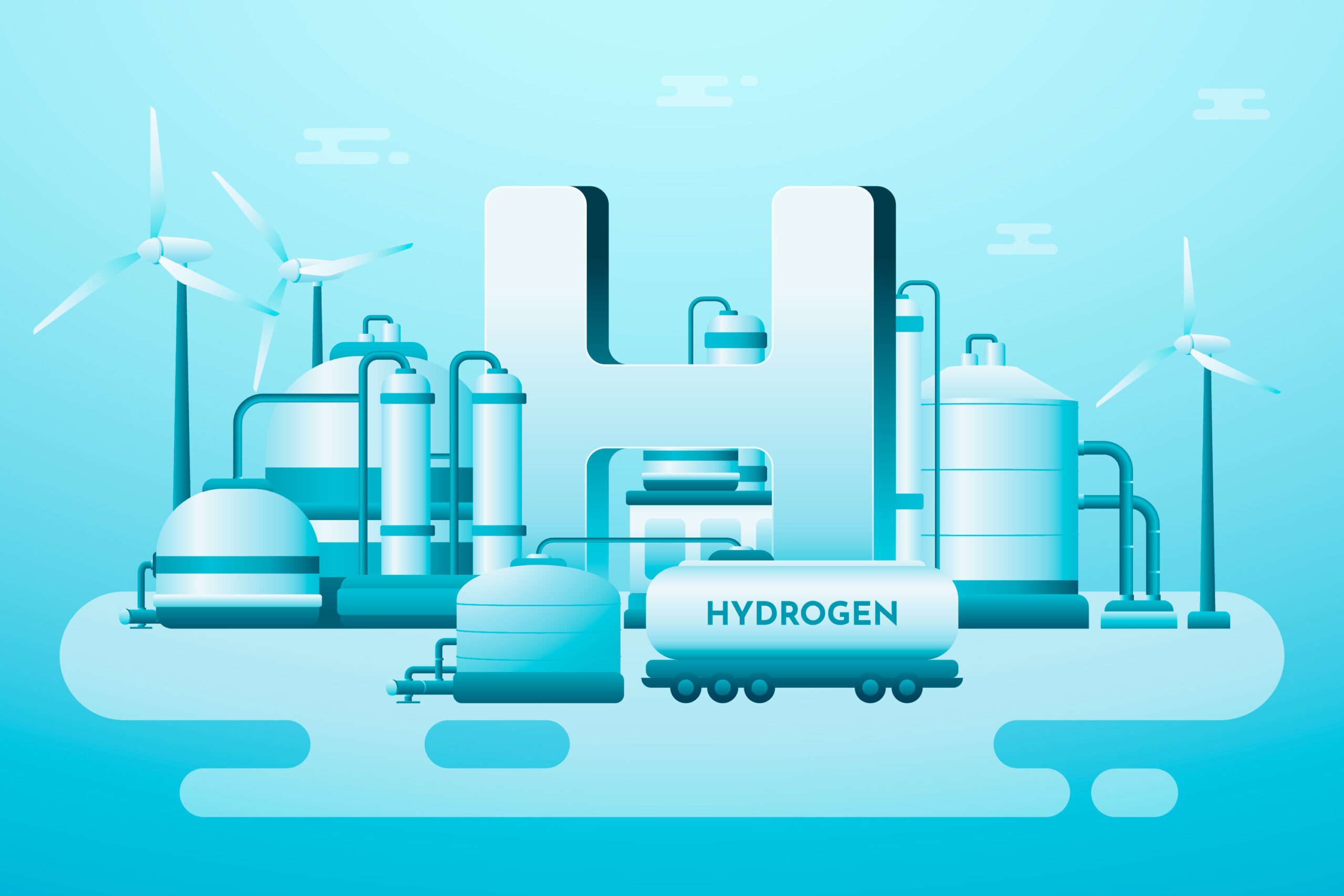The regulatory landscape for hydrogen and waste heat has been examined across the EU and in eight selected Member States and will be summarized in the HyEfRe Policy and Legal Framework Assessment report. While hydrogen has gained significant attention throughout the EU—driven in part by European legislation and national hydrogen strategies—the topic of waste heat recovery and integration remains comparatively underdeveloped in most national contexts.
The assessment followed a structured approach: first, the strategic frameworks at the national level were identified, followed by a detailed review of relevant legal and regulatory provisions. Special attention was given to identifying country-specific characteristics and differences. The final section focused on incentive structures and support mechanisms for hydrogen and waste heat technologies. These included direct government funding, tax incentives, and exemptions or reductions in system usage charges, all of which could act as enablers for technology uptake.
Across all phases of the assessment, barriers within the existing regulatory frameworks were analyzed—particularly those that could hinder the practical implementation of hydrogen and waste heat solutions. These findings will form the basis for HyEfRe’s Policy Recommendations, which will offer actionable proposals to improve the enabling environment at national and EU levels.
The findings revealed a diverse regulatory landscape. Some countries have already developed robust hydrogen regulations and are working on further measures such as mandatory green gas quotas in the national gas supply. Others, however, have yet to go beyond the minimum EU requirements, and in some cases, even basic implementation is still pending.
In contrast, a clear best-practice example for waste heat utilization was identified: Germany. The country has introduced binding quotas for the use of waste heat generated in data centers, with the required share increasing incrementally over time. This proactive approach serves as a model for other Member States and illustrates how regulatory instruments can effectively drive the integration of underutilized energy resources.
This article is part of 4th HyEfRe Newsletter. Click to read more.
You can access the complete report here.
